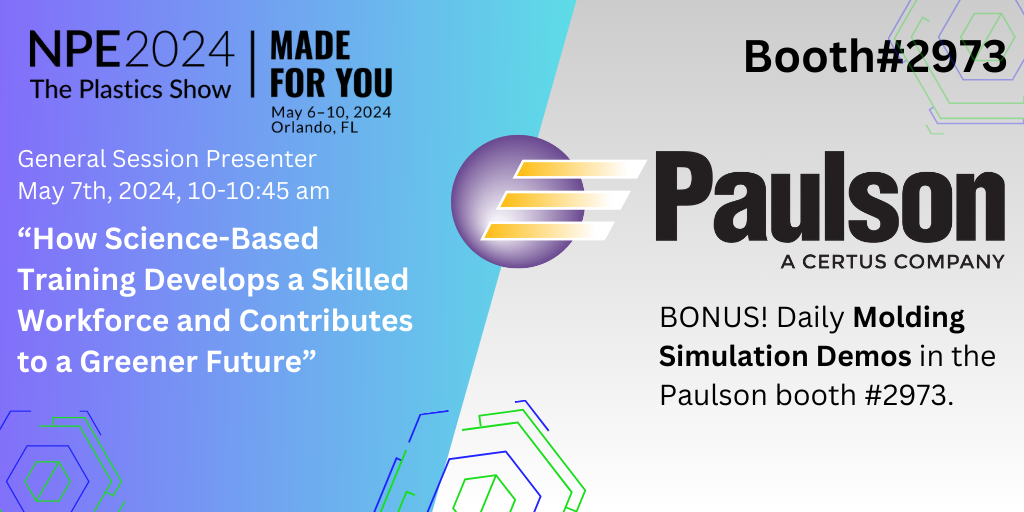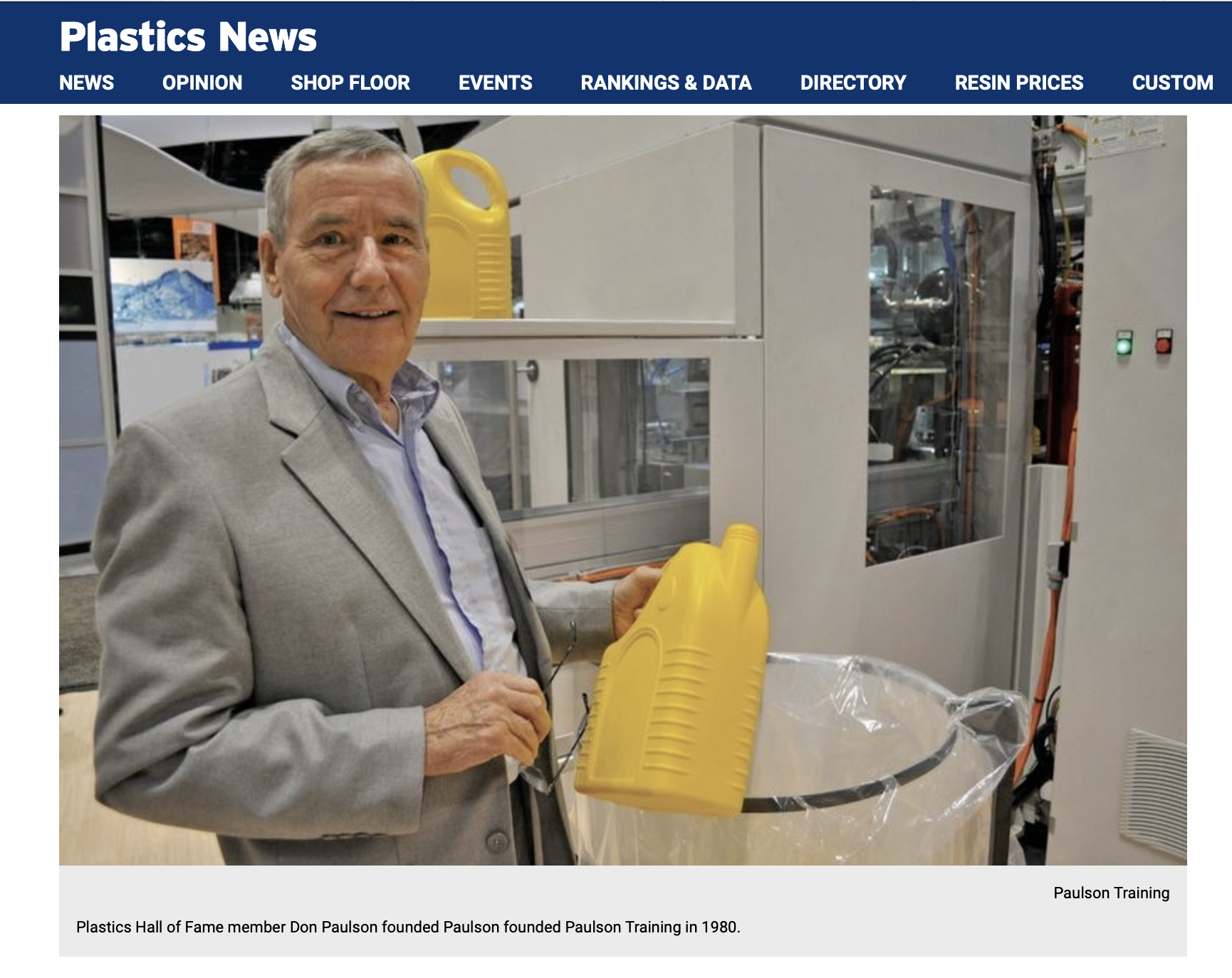Q: What is a good starting point for developing pre-start and set-up procedures for my machines?
First off, that is a good question to be asking. Many plastics processors, (both injection molding and extrusion) do not have documented (which means written) procedures for starting up their injection molding machines or extruders. The information presented here should NOT be interpreted as “plug and play” procedures. Every plant is different. Your plant’s safety manager should be involved in any procedure changes.
The primary objective of any injection molding machine setup is to produce good parts efficiently, safely and at a profit. Here and in subsequent posts we will introduce various molding techniques and examine ways to use your equipment more efficiently, to improve quality and productivity.
Variations in materials, molds and machines may require you to deviate from these procedures or adopt additional procedures. The safety of the personnel and the protection of the equipment must be the overriding consideration for any standardized procedures that are in place at your plant.
Plastic Material Specifications
 If you will be injection molding an unfamiliar plastic, you should refer to the material specification sheet to learn its characteristics. The information included in the spec sheet will help you determine the initial control settings for that material.
If you will be injection molding an unfamiliar plastic, you should refer to the material specification sheet to learn its characteristics. The information included in the spec sheet will help you determine the initial control settings for that material.
For example, the spec sheet will list whether or not the plastic raw material is crystalline or amorphous. Some examples of plastics that are amorphous are: acrylic, polystyrene, polycarbonate, polyolefin, and ABS. Some common crystalline plastics are nylon, acetal, polypropylene, polyethylene, and PET. A crystalline plastic requires more heat to bring it up to processing temperatures because the crystal structure requires extra heat to melt.
Crystalline and amorphous plastics also shrink different amounts in molding. A typical change in dimensions when an amorphous plastic cools is from .4 to 1 percent. For crystalline and semi-crystalline plastics, it’s from 1 to 2 ½ percent. Molds for crystalline plastics typically require from 30 to 50 percent more cooling than the same mold would if an amorphous plastic were used.
Once you’ve reviewed the material that you will be processing, it’s time to move on to safety checks.
Here’s a review of the typical safety checks that should be performed before molding begins.
Safety Equipment
Each plant’s management must set rules for apparel and safety equipment to be worn on the production floor. Requiring safety glasses is common. Anyone who can come in contact with the hot machinery and molten plastic should safety glasses, gloves and safety shoes. Long hair should be tied back. Loose items of clothing and jewelry can be a hazard. Personnel should not carry loose items in their shirt pockets. These can fall into the plastic or machinery. Depending on the noise level in your work environment, ear protection may also be required.
Mechanical Safety Check
Before starting a machine, check the mechanical, hydraulic and electrical safeties on the machine and safety gates. Be sure the covers and guards are in place and functional.
There are of course many other safety checks that can be added to these brief guidelines. We’ll be presenting more about safe pre-start and set-up procedures in subsequent posts.




